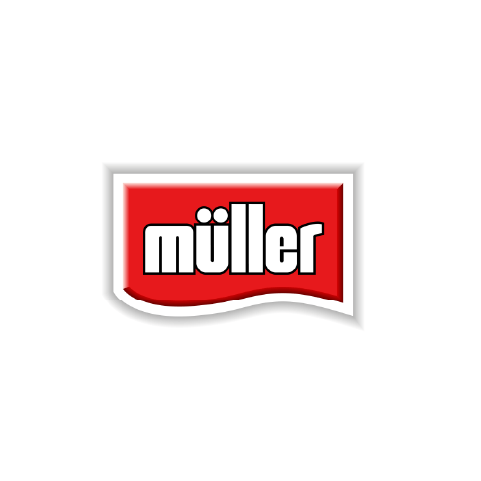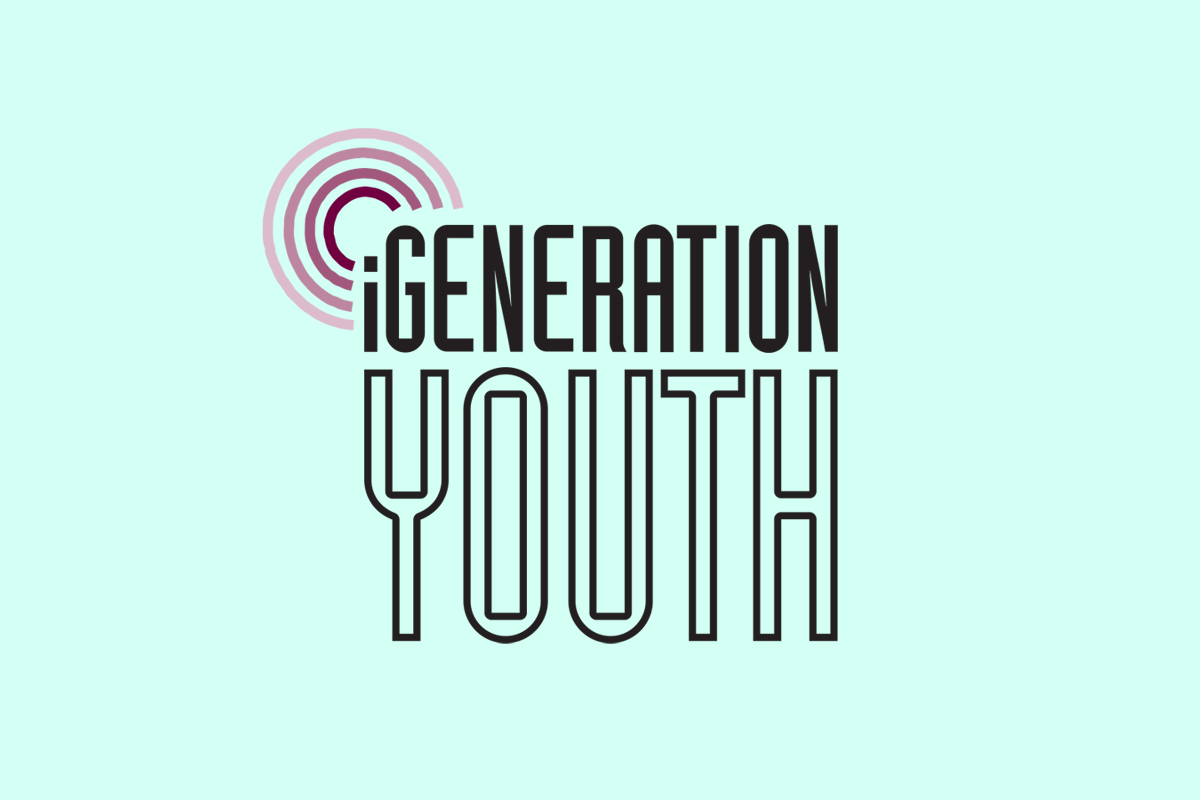Every course is designed individually, no standard templates. This way, your learners get a fully tailored experience.
Why not give me a call to discuss your own requirements further?
Case Study:
Apprentice Electrical
how a DC Motor works
At a glance
Learning a new technical skill is always tricky. But we believe good learning design can help, and even make the experience memorable and enjoyable.
For one of our apprenticeship clients who trains young people in electrical engineering and electromechanical maintenance, we created a short educational animation using Adobe design tools as part of a larger course to demonstrate how a DC motor works. Along with more traditional learning material, we helped bridge that important early learning gap in a way learners today want to engage.
The animation brings the concept to life for new learners by showing how polarity, commutation, and brushes interact to create rotational motion. Each element, from the armature to the magnetic field, is visually broken down to show its role in generating power. Through clear motion design and visual storytelling, the animation makes complex electrical and mechanical principles easy to understand.
Why we built it
The challenge.
For many engineering apprentices, understanding how a DC motor actually works can feel abstract and hard to visualise. Concepts like polarity, commutation, and the role of brushes often remain theoretical without a clear, real-world picture.
The aim was to transform these technical ideas into something learners could see and grasp. Instead of another static diagram or dense block of text, the solution needed to show the motor in motion and highlight how each part contributes to power generation.
The result was a short, visually engaging animation that breaks down each stage of operation, helping new learners connect theory with practice and build a solid foundation in electrical principles.
How we approached it
The experience.
We brought the inner workings of the DC motor to life, breaking the process down frame by frame to show how each component contributes to motion.
Through detailed visual sequences and guided explanations, learners watch polarity reverse, brushes shift contact, and current flow through the armature to create torque. They see how these invisible electrical interactions combine to produce real, mechanical movement.
This visual, step-by-step approach transforms a complex concept into an accessible learning experience, helping apprentices build genuine understanding of how electrical energy becomes rotational power.
Immersive multimedia
"I finally understand how a DC motor actually works. Seeing the polarity changes and brushes in action made everything click, it’s so much clearer than reading about it in a textbook. The animation helped me connect all the parts together and really grasp how electrical energy turns into motion."
James R., Electrical Engineering Apprentice










